How many of you isolate new plants?
summersunlight
10 years ago
Related Stories
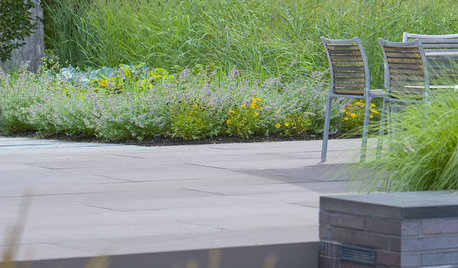
FLOWERS AND PLANTSPanicum Virgatum, a Prairie Beauty Many Gardeners Can Enjoy
Switchgrass adds color through the year and is a natural ‘seed feeder’ for birds
Full Story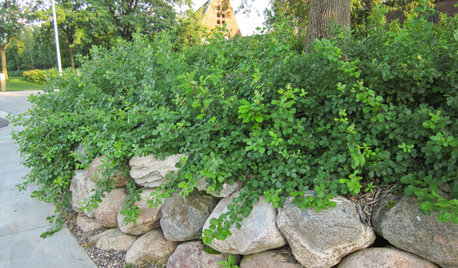
GARDENING GUIDESGreat Design Plant: Rhus Aromatica ‘Gro-Low’ Handles Many Tough Sites
Plant ‘Gro-Low’ fragrant sumac in eastern and midwestern U.S. gardens for its tolerance of tough sites, spreading form and orange fall color
Full Story
GROUND COVERSNative Alternatives to English Ivy, Japanese Pachysandra and Periwinkle
These shade-loving ground covers are good for the environment and say something about where you are
Full Story
TILESo Many Reasons to Love Cement Tiles
You’ll notice their beautiful patterns right away, but cement tiles have less obvious advantages too
Full Story
HOUZZ TOURSMy Houzz: Many Styles Meld Handsomely in a Vermont Countryside Home
With a traditional exterior, a contemporary interior and lots of Asian furniture, this home goes for the element of surprise
Full Story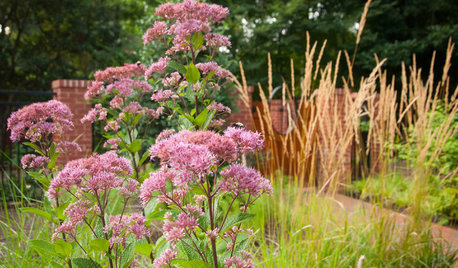
GARDENING GUIDESGreat Design Plant: Eutrochium Maculatum
Sculptural, slightly tropical looking and a boon to wildlife, Spotted Joe Pye Weed is a gotta-have plant in many parts of the U.S.
Full Story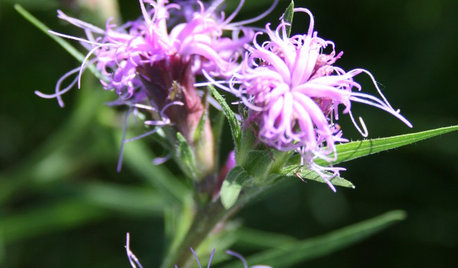
GARDENING GUIDESGreat Design Plant: Liatris Squarrosa
This big-bloomed, drought-tolerant native deserves a place in many butterfly gardens
Full Story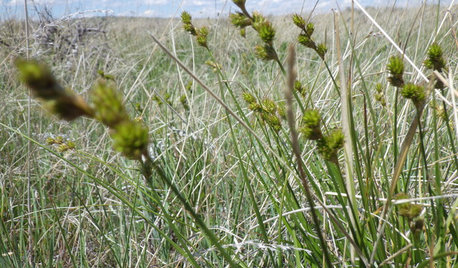
GARDENING GUIDESGreat Design Plant: Carex Brevior
This mounding sedge native to many U.S. states is tough as nails and can replace the traditional lawn in low-traffic areas
Full Story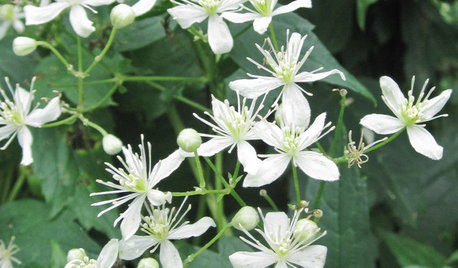
GARDENING GUIDESGreat Design Plant: Clematis Virginiana
Devil’s darning needles, a vigorous vine native to eastern North America, likes partial shade and many types of soils
Full Story
GARDENING GUIDESNo-Regret Plants: 5 Questions Smart Shoppers Ask
Quit wasting money and time at the garden center. This checklist will ensure that the plants you're eyeing will stick around in your yard
Full Story









idowumichael
plantomaniac08
Related Professionals
Jackson Landscape Contractors · Byram Landscape Contractors · Columbine Landscape Contractors · Fair Oaks Landscape Contractors · Kailua Landscape Contractors · Riverview Landscape Contractors · Salmon Creek Landscape Contractors · Streamwood Landscape Contractors · University City Landscape Contractors · White Bear Lake Landscape Contractors · Oxon Hill Landscape Contractors · Appleton Interior Designers & Decorators · Ashwaubenon Interior Designers & Decorators · Mansfield Interior Designers & Decorators · Ogden Interior Designers & Decoratorsrhizo_1 (North AL) zone 7
pirate_girl
paul_
nomen_nudum
summersunlightOriginal Author
nomen_nudum